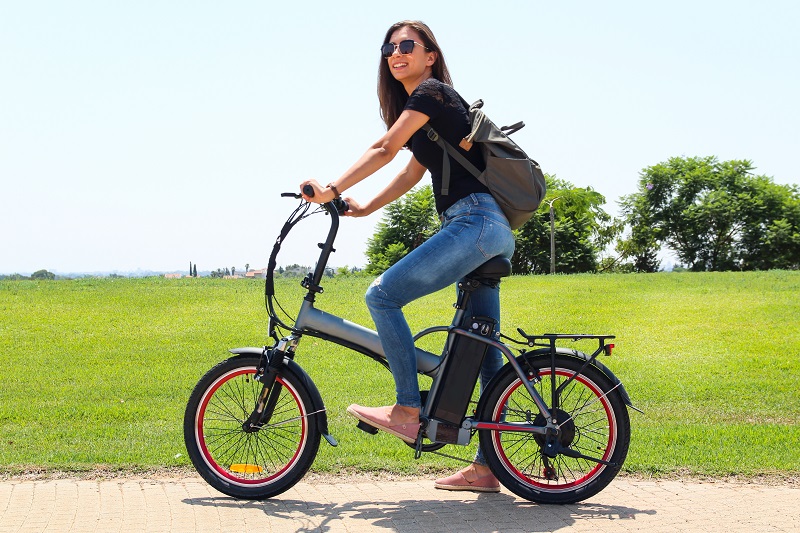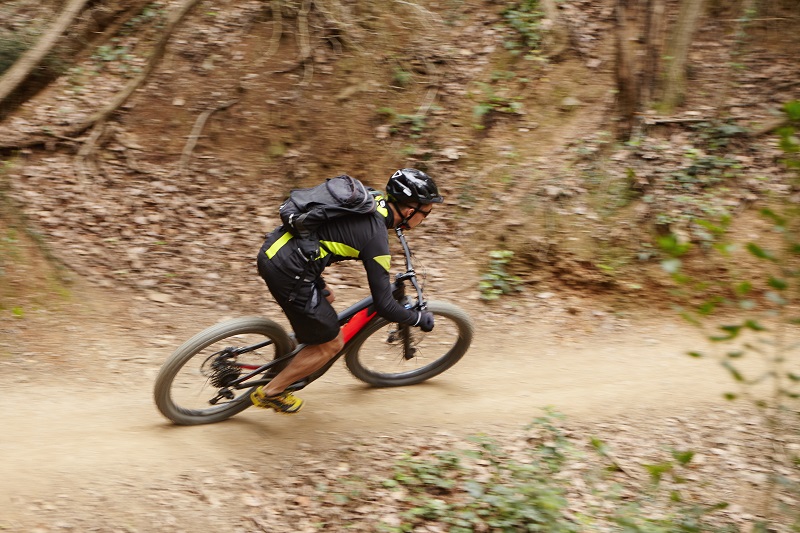Choosing the Ultimate Adventure Bike: Your Guide to Finding the Perfect Trekking Bike

There’s always that itch, the burning curiosity, the irresistible pull towards the great unknown. Have you ever considered converting that feeling into a grand biking expedition? Or perhaps, you’re already an avid adventure cyclist always on the hunt for new landscapes to conquer.
But whether you’re a seasoned biker or planning your first expedition – the one question that always looms large is – which bike is right for me? As we unfurl this key question, we will take you on a journey (just like your ambitious biking expedition) to help you uncover the perfect bike for your adventures.
In this comprehensive guide, we will delve into the intricacies of features, aspects, and decision-making process involved in choosing the bike that matches your adventurous spirit. You don’t have to be an expert in geography or sports science to understand this guide; the everyday adventure enthusiast in you would be enough!
This blog post is an exploration of the world of adventure bikes – the whys, the whats, the whens, the who, and of course, the hows. As you read along, we firmly believe you’ll gain enriching insights that will empower your decision-making process while choosing the perfect trekking bike.

Why Choose a Trekking Bike?
Adventure biking is not just about the thrill of velocity or the magnetism of exploration; it’s also about comfort, safety, and longevity. The terrain matters, but if your conqueror (your bike, in this case) lacks robustness or comfort, the journey can soon turn into an endurance test rather than an enjoyable adventure. So why exactly does it become relevant to choose a trekking bike over any other generic type?
Firstly, trekking bikes are specially designed for long-distance journeys, often involving navigation across diverse terrains. They are usually equipped with strong frames that assure longevity, tyres that grip a variety of surfaces, from muddy trails to paved roads, and gearing that’s adaptable to various riding conditions. Secondly, the additional features – ranging from rear racks for carrying gear, to comfortable seating and excellent suspension to absorb shocks – account for an enjoyable ride no matter the destination.
What to Look for in a Trekking Bike?
Now that you know the importance of investing in a trekking bike, what specific features should you be looking for? There are three main aspects to consider – utility, terrain, and fit.
Utility: Different bikes serve different purposes. You will want to consider factors such as load capacity, if you plan on carrying gear, and comfort and durability if you plan on long trips.
Terrain: What type of terrains will you be mostly riding on?
Fit: It’s crucial that the bike fits your body well, to prevent discomfort or injury. A bike fitter can help you in this regard.
When to Invest in a Higher-end Model?
So, you’ve caught the adventure biking bug, but does it justify splurging on a high-end model? Understanding when to invest can be the difference between an enjoyable journey and a wallet-unfriendly experience.
It makes sense to invest in a higher-end model if you plan on serious trekking, lending longevity and performance value. Besides, these premium bikes usually come with added advantages such as warranty and better after-sales service.
Trekking Bikes: Brands That Stand Out
The market holds a dizzying array of trekking bikes – but not all are created equal. We recommend prioritising quality, robustness, and track record when it comes to choosing a brand.
Some of the brands that consistently receive rave reviews from adventure cyclists include Trek, Giant, and Specialized. Each of these brands brings something unique to the table, and you’d most likely find a bike that perfectly matches your expectations and preferences.
Pros and Cons of Trekking Bikes
Let’s have a deeper look at the pros and cons of trekking bikes to give you a balanced understanding.
Pros: Robust and durable, high load-bearing capacity, adaptability to diverse terrains, comfort for long-distance biking.
Cons: Higher cost compared to regular bikes, maintenance can be demanding, not ideal for mundane city biking.
The Bottom Line
At the end of this exploration, don’t forget to consider your personal needs, limitations, and preferences. While a biking professional might swear by a high-end trekking bike, all you might need could be a reliable mid-range model that can pass the muster when it comes to your biking ambitions.
The aim is to find the perfect balance between cost and value, and between ambition and comfort. With a careful research and assessment, we’re sure you’ll find that perfect trekking bike that is as keen as you, to embark on the upcoming adventures.
Conclusion
Choosing the perfect trekking bike can be an exciting journey—almost as thrilling as the adventure biking expedition itself. When equipped with the right knowledge and insights, the process can lead you to a bike that can support your biking goals, enrich your outdoors experience and stand the test of the trails.
Just like your adventurous spirit appreciates the joy of discovery and exploration, may you find joy in this journey of discovery too – discovering the bike that becomes an extension of your attitude, an ally in your exploration, and a symbol of your adventurous spirit. Here’s to finding that perfect trekking bike for your endless adventures!

